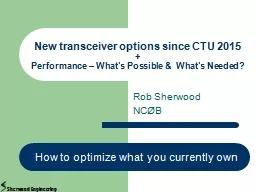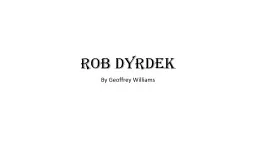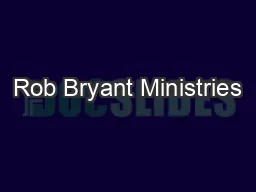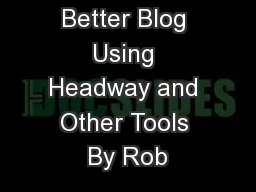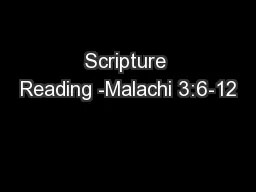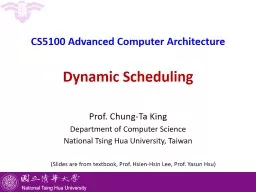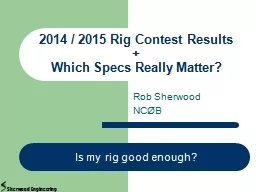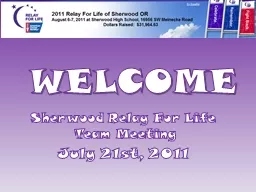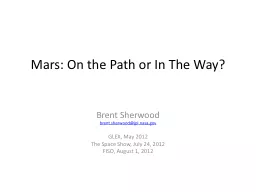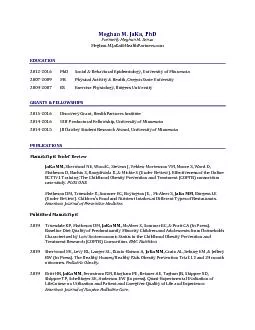PPT-Rob Sherwood
Author : debby-jeon | Published Date : 2017-07-26
NC Ø B New transceiver options since CTU 2015 Performance Whats Possible amp Whats Needed How to optimize what you currently own Sherwood Engineering What is
Presentation Embed Code
Download Presentation
Download Presentation The PPT/PDF document "Rob Sherwood" is the property of its rightful owner. Permission is granted to download and print the materials on this website for personal, non-commercial use only, and to display it on your personal computer provided you do not modify the materials and that you retain all copyright notices contained in the materials. By downloading content from our website, you accept the terms of this agreement.
Rob Sherwood: Transcript
Download Rules Of Document
"Rob Sherwood"The content belongs to its owner. You may download and print it for personal use, without modification, and keep all copyright notices. By downloading, you agree to these terms.
Related Documents

